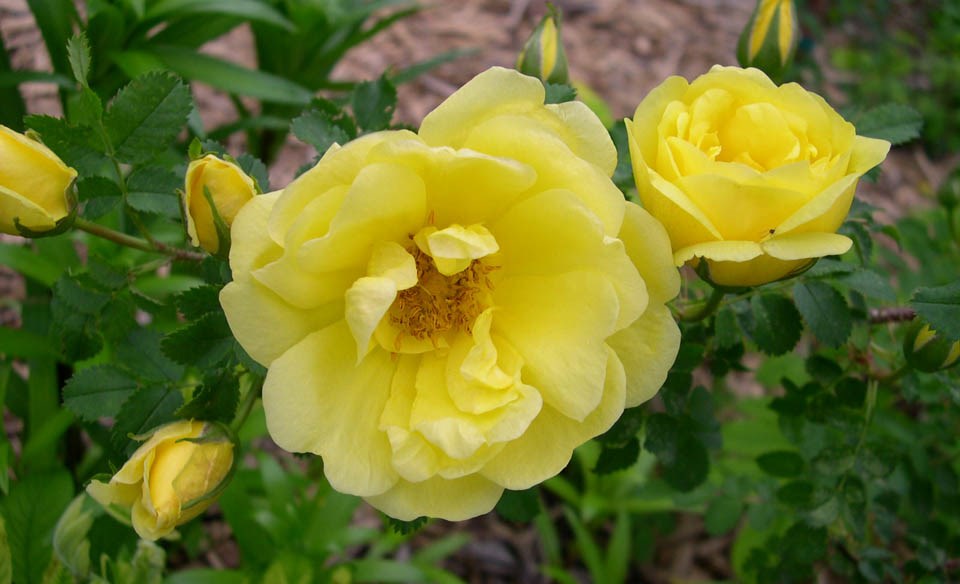In the spring of 1925 Percy purchased 80 acres of land of which five acres was reserved for nursery stock, fruit and bedding plants, the rest was used for growing grain. So began the Wilkie Fruit Nursery and it continued to provide him with an income until 1938. Percy spent his summers operating the nursery and his winters in Saskatoon attending classes at the University of Saskatchewan.
Wright had great sympathy for those who were dispossessed by the Depression and Drought in the early 1930s:
"The trekkers had to pass through Wilkie on their way to Battleford and thence to their refuge across the North Saskatchewan and into bush country. Abandoning the land…they loaded everything they possessed on their grain racks, hitched a couple of horses to the front, and led another pair, or a cow, behind. On the rack itself would be crates of old hens, and these would represent the family’s only negotiable assets. They would stop at a farm, including our place, and try to trade off these in return for something to give a little variety, potatoes, bread, or even hay for their horses… it was a most pathetic migration, undertaken in pure desperation.”
Percy's interest in plant breeding probably started with lilies in the 1930s and quickly expanded to roses.
While visiting relatives in St. Hilaire Quebec, he “found rose plants sticking up through the snow which had no thorns at all. I knew these must be the truly thornless Rosa blanda … by crossing them with Skinner’s blanda hybrid, ‘Betty Bland’, I got a series of thornless roses which became the foundation of a great deal of my rose work.”
He remembers visiting with Isabella Preston, “and telling her of my ambitions to originate new and superior roses hardy enough for the prairie climate. She was rather discouraging and said: “But you’ll have to be a millionaire to do it. You can work and work at rose breeding, and get little or no improvement … I have never built on any rose breeding of her foundations, but rather on Skinner’s."
In 1938, while traveling to Nipawin to lecture at field days for the University Extension Department, his sister Jennie met him and took him to Moose Range where she and her husband ran the general store. He was impressed with the country and bought six acres of land. The next year he made the move from Wilkie to Moose Range. It was from here that he introduced many of his rose hybrids.
“I took with me also a large number of hybrid seeds that I had produced by hand-pollination, at least 10,000, all in ink bottles and glass vessels mixed with sand.”
“One of the new varieties that came out of that seed was my ‘Hazeldean’ rose, which I still regard as my greatest triumph in plant breeding. Its mother parent was Rosa altaica, and its pollen parent ‘Persian Yellow’
Around this time Percy began raising bees and extracting honey.
"The month of August was unusually warm and nectar kept coming until about September 20. I was amazed at my success, at least 200 pounds of honey per colony, and all the honey was of the very best quality, mostly from sweet clover.”
“My mainstay during the winter months was the sale of my honey. I would sell what I could to people I knew and then would trade off a further quantity to a general store on Broadway Avenue. For the credits received, I drew out the groceries we wanted.”
[To be continued]
Sara Williams is the author and co-author of many books including 'Creating the Prairie Xeriscape', 'Gardening Naturally' with Hugh Skinner and, with Bob Bors, 'Growing Fruit in Northern Gardens.'
This column is provided courtesy of the Saskatchewan Perennial Society (SPS; [email protected]). Check our website () or Facebook page () for a list of upcoming gardening events.



